Brooklyn Heights, DUMBO, and Downtown Brooklyn
Three Brooklyn, New York neighborhoods
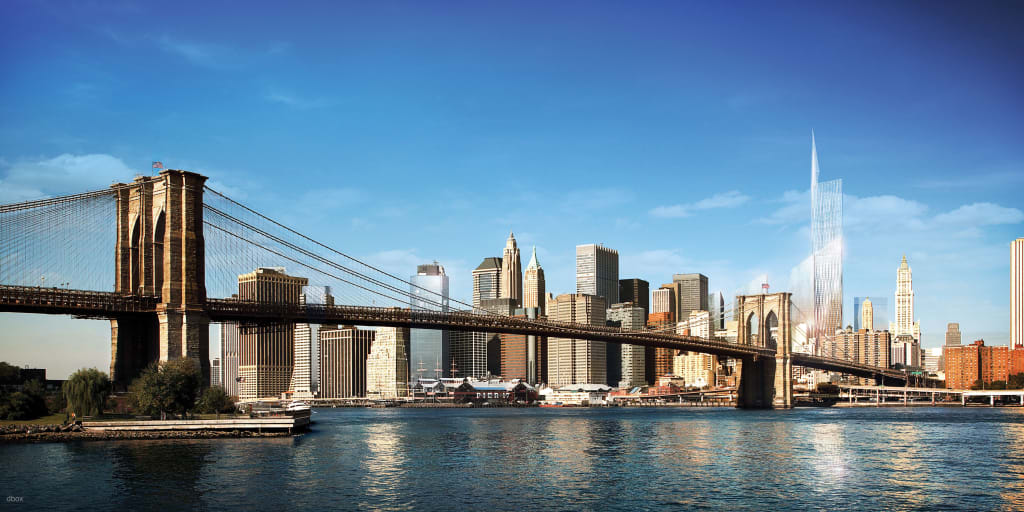
Brooklyn Heights was originally designated through popular reference as "Brooklyn Village”, DUMBO is an acronym for Down Under the Manhattan Bridge Overpass, and Downtown Brooklyn is the third largest central business district in New York City.
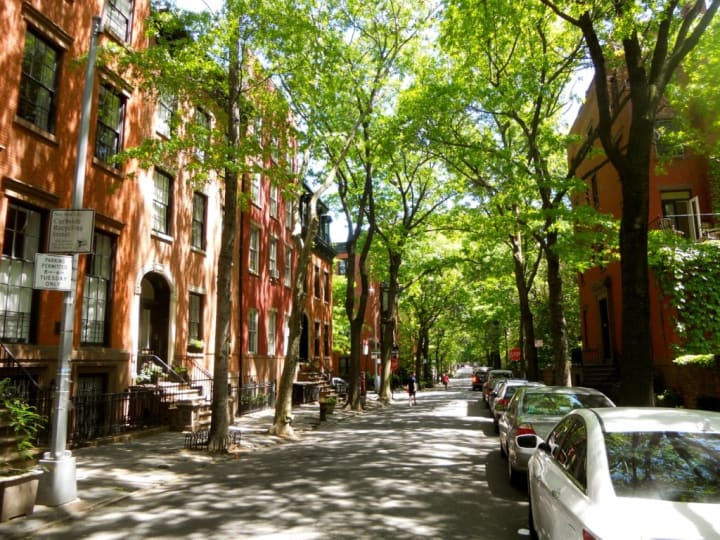
Brooklyn Heights stretches from Old Fulton Street near the Brooklyn Bridge south to Atlantic Avenue and from the East River east to Court Street and Cadman Plaza. The bordering neighborhoods are DUMBO, Downtown Brooklyn, Cobble Hill, and Boerum Hill. It is directly across the East River from Manhattan and is easily accessible to Downtown and multiple subway lines.
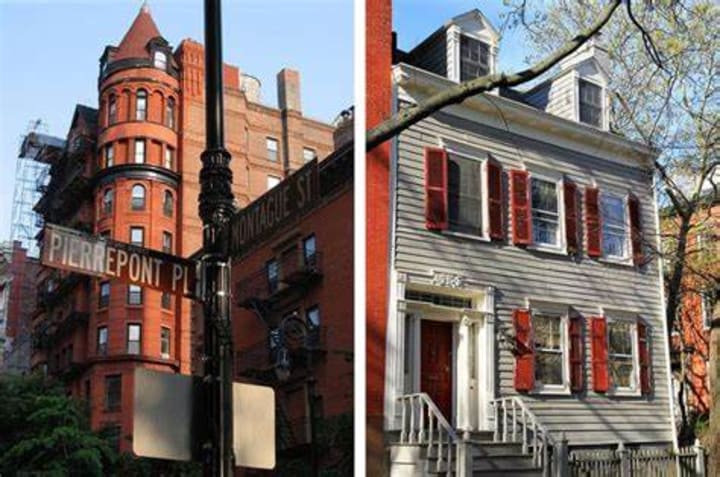
The neighborhood consists of picturesque row houses and a few mansions. There is a great range of architectural styles represented that include a few Federal-style houses from the early 19th century in the northern part of the neighborhood, brick Greek Revival and Gothic Revival houses, and Italianate brownstones. Especially along Pierrepont Street and Pierrepont Place, one can find authentic mansions. Brooklyn Heights was the first neighborhood protected by the 1965 Landmarks Preservation Law of New York City.
Brooklyn Heights sits on a bluff that rises sharply from the river’s edge and gradually recedes on the landward side. The native Lenape Native Americans called this promontory Ihpetonga (“the high sandy bank”). Prior to the largest battle of the American Revolutionary War – The Battle of Long Island (also known as The Battle of Brooklyn) this area was heavily fortified. A successful retreat was made by General George Washington across the East River to Manhattan without the loss of any troops or remaining supplies. This part of the Town of Brooklyn, west of the old Village of Brooklyn became New York’s first commuter town in the early 19th century when a new steam ferry service provided service to Wall Street. For many years the executive offices of the Brooklyn Dodgers were located in the Heights, near the intersection of Montague and Court Streets.
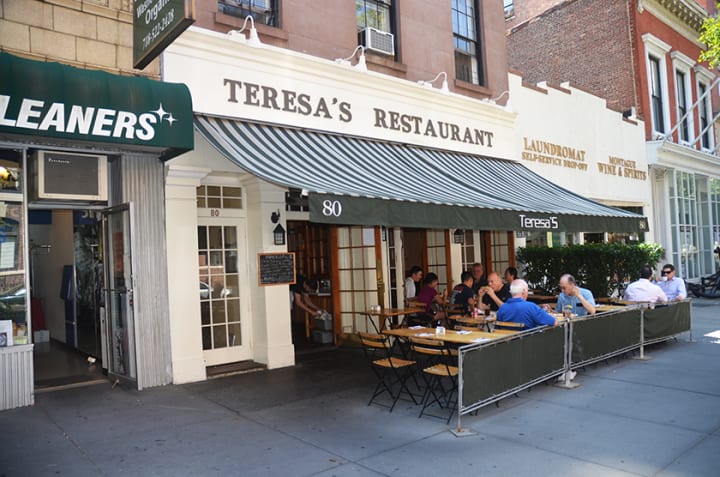
The office building that replaced the Dodger’s old headquarters at 215 Montague Street identifies it as the site where Jackie Robinson signed his major league contract. Montague Street is also the main shopping street.
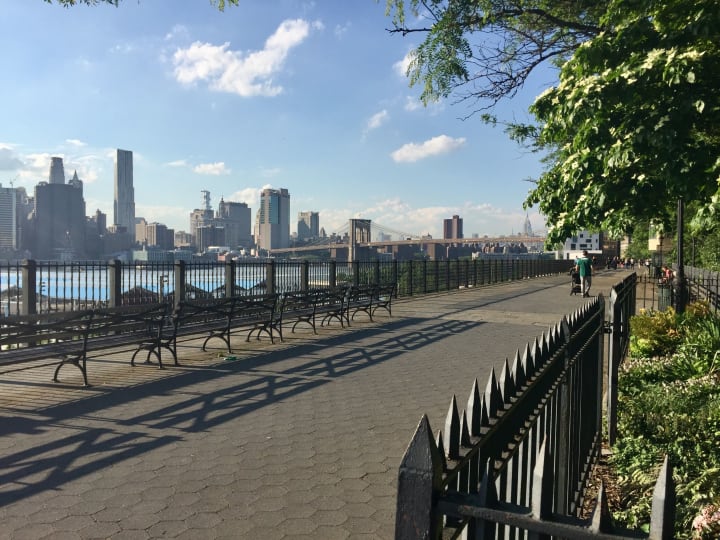
The Promenade which is actually an esplanade cantilevered over the Brooklyn-Queens Expressway (BQE) is a favorite spot among locals, offering great views of the Statue of Liberty, the Manhattan skyline, as well as views of the Brooklyn Bridge, and the Manhattan Bridge. It is a popular tourist destination to see the Macy’s July 4 fireworks. Robert Moses originally proposed building the BQE through the heart of Brooklyn Heights. Opposition to this plan led to the designation of the Brooklyn Heights Historic District on November 23, 1965, making it the first such district in N.Y.C. and re-routing the expressway to the side of the bluff allowing for the creation of the Promenade. There are fantastic views of the Brooklyn Bridge.
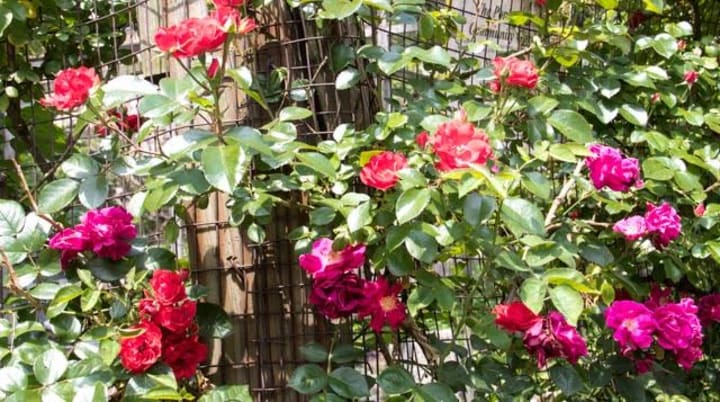
On one-block long Poplar Street there is a lovely community garden.
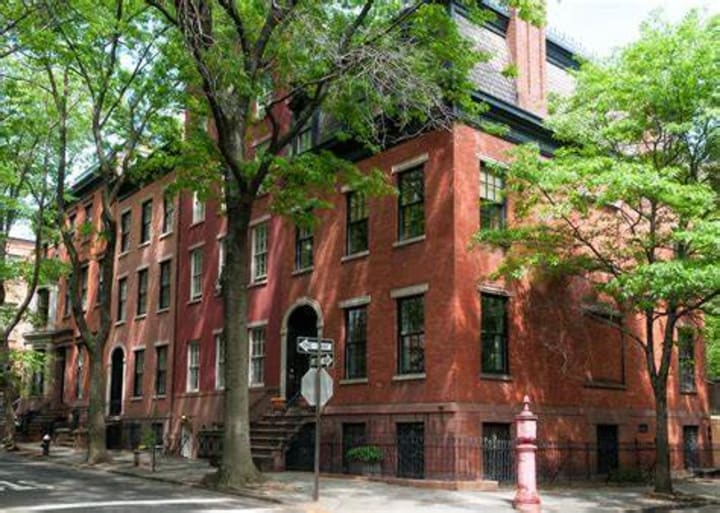
Cranberry Street is lined with beautiful old houses.
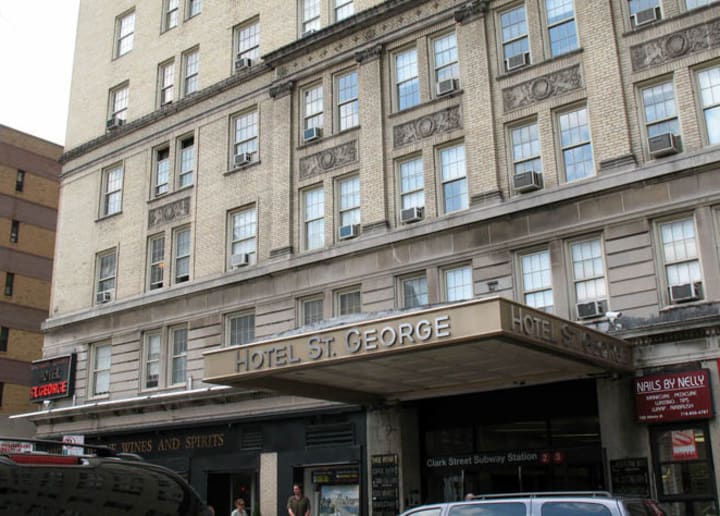
There are very few high-rise buildings in Brooklyn Heights. Some of the high-rises include 75 Livingston Street, Hotel St. George, the Concord Village co-op development on Adams Street (some consider this to be Downtown Brooklyn), and the Montague-Court Building.
Since Brooklyn Heights is situated so close to Manhattan it is serviced by numerous subway lines, specifically the A, C, F, R, 2, 3, 4, and 5. Jehovah’s Witnesses have their world headquarters in the North Heights. The organization has restored a number of historic buildings to house their staff, including the former Bossert Hotel which was once the seasonal home of many Dodgers players, on Montague Street.
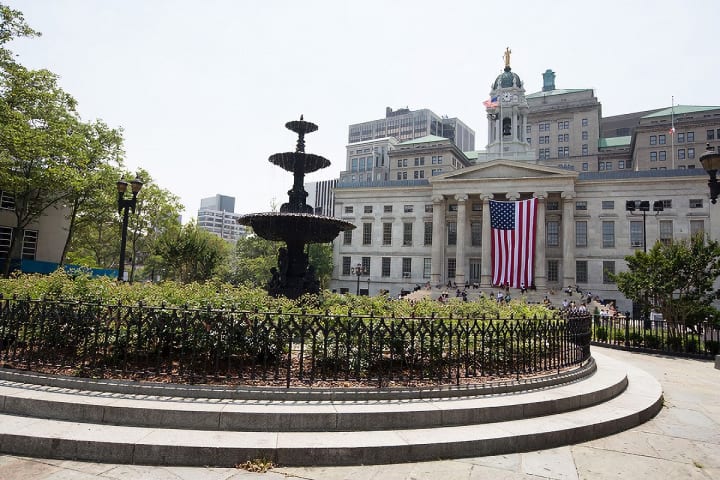
Saint Francis College founded in 1859 by the Franciscan Brothers on Baltic Street moved to its current location on Remsen Street in 1960. In the Brooklyn Catholic diocese, this was the first private boys’ school and later became a college in 1885.
Some former famous residents of Brooklyn Heights included author Truman Capote, singer Bob Dylan who memorialized his stay on Montague Street in “Tangled Up in Blue”, and actress Mary Tyler Moore among others.
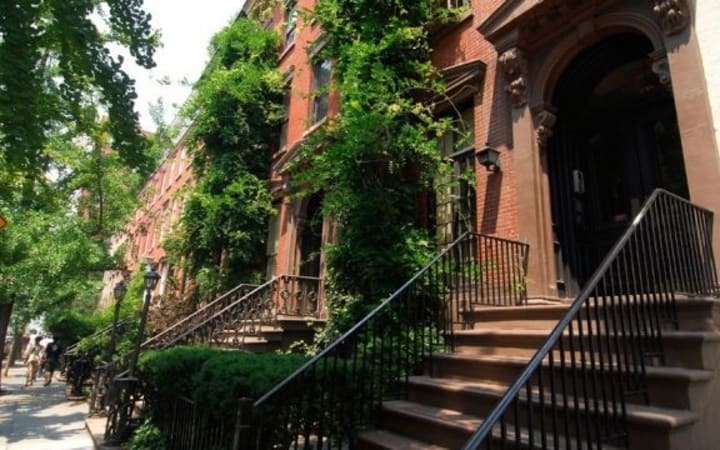
This area was also the main setting of "The Cosby Show", where the Huxtable family resided in a two-story brownstone at 10 Stigwood Avenue.
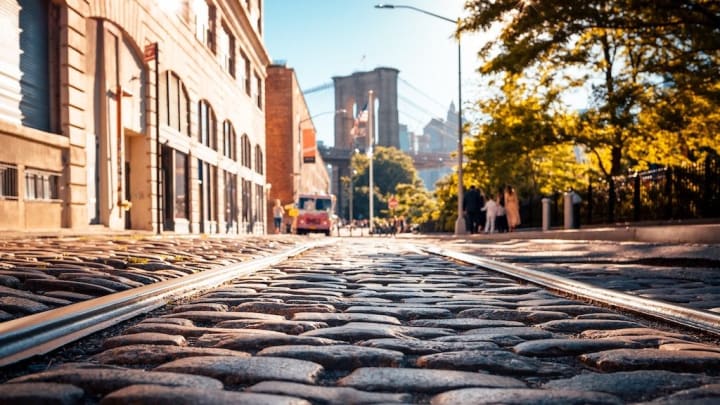
The neighborhood DUMBO – Down Under the Manhattan Bridge Overpass encompasses two sections: one located between the Manhattan and Brooklyn Bridges and another which continues east from the Manhattan Bridge to the Vinegar Hill area.
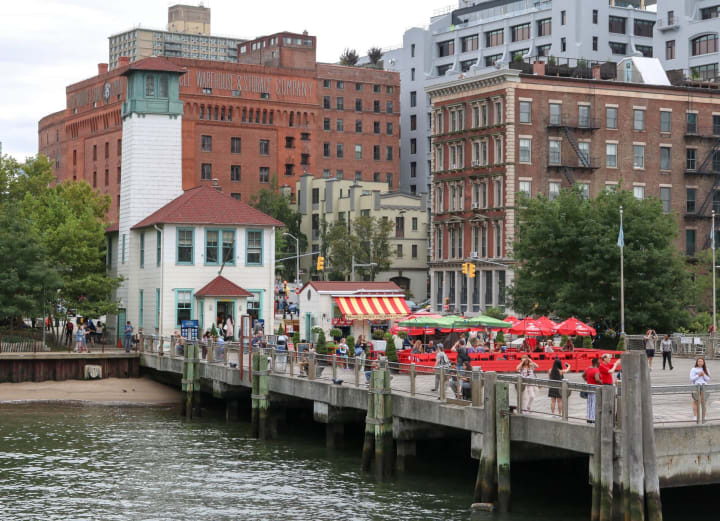
Until the 1890s the western portion of the neighborhood was known as Fulton Landing, named after the ferry stop that connected it to Manhattan before the Brooklyn Bridge opened. At that time it was primarily a manufacturing district, housing warehouses and factories. With deindustrialization, it started becoming residential especially when artists and other young homesteaders who were seeking large and inexpensive loft apartment spaces for studios and homes began moving here in the late 1970s. The acronym DUMBO came up in 1978. Near the end of the 20th century with property becoming more and more expensive in Manhattan, DUMBO became increasingly gentrified.
On December 18, 2007, the New York Landmarks Preservation Commission designated DUMBO as the city’s 90th historic district. The DUMBO historic district consists of properties bound by John Street to the north, York Street to the south, Main Street to the west, and Bridge Street to the east.
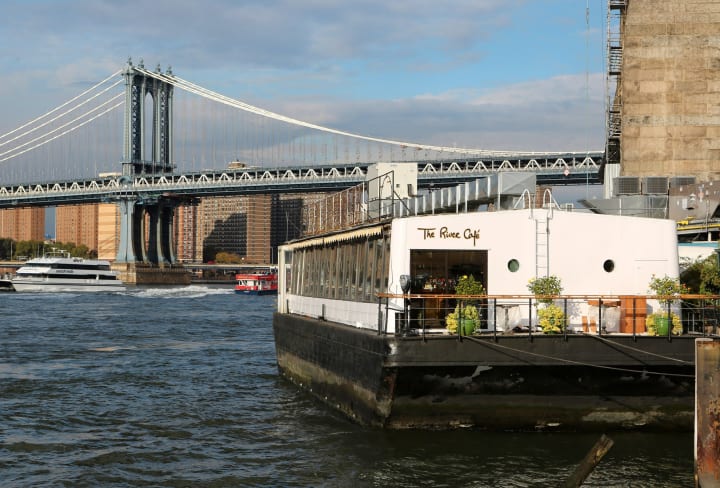
This area has emerged as one of New York City’s premier art districts, with a cluster of for-profit art galleries and such not-for-profit institutions as the St. Ann’s Warehouse and the A.I.R. Gallery. Chef Jacques Torres opened a chocolate factory in DUMBO in December 2000. Other culinary businesses include Grimaldi’s (a pizzeria located under the Brooklyn Bridge), the Brooklyn Ice Cream Factory, the River Café, and in the One Old Fulton Street building, Pete’s Downtown Restaurant. These businesses all cluster around Fulton’s Landing which is also home to Bargemusic, a floating venue for classical music.
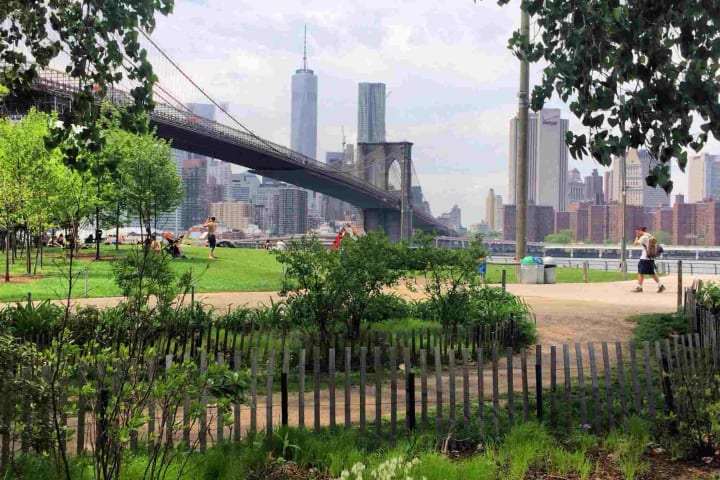
Enjoy the Brooklyn Bridge Park for relaxation and great views of the Brooklyn Bridge.

Take a ride on Jane's Carousel.
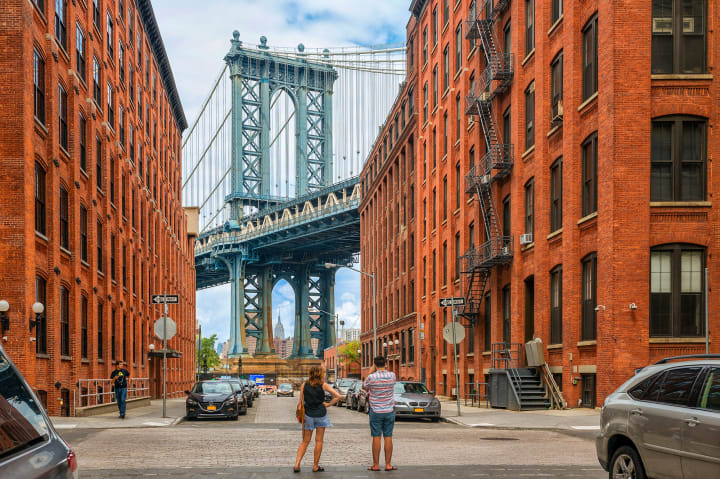
As for transportation. The New York Water Taxi company runs a water ferry from the Fulton Slip at Fulton Landing. Subway lines F, A, and C and bus service provided by the B25, B67 and B69. A convenient staircase connects the Brooklyn Bridge walkway to Washington Street, which is one of DUMBO’s main streets.
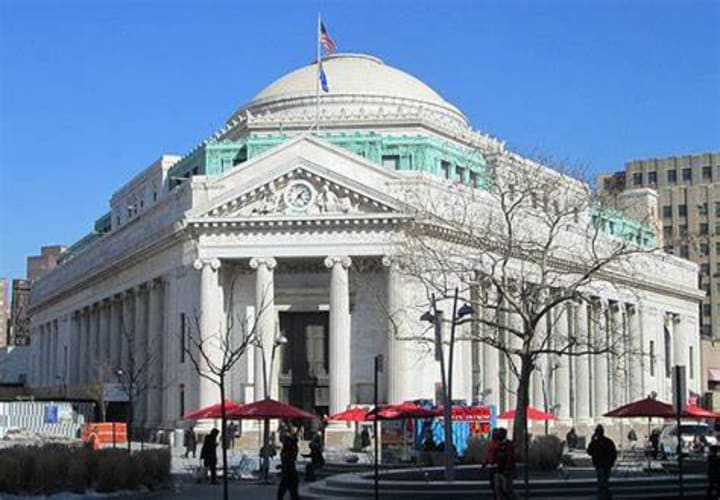
A landmark building downtown is the Dime Savings Bank building.
Downtown Brooklyn is known for its office and residential buildings, such as the Williamsburg Savings Bank Tower and the Metro Tech Center office complex. The area was originally inhabited by Lenape Native Americans until the 17th century. When the Dutch arrived and gained control of the land they called it Breuckelen. Growth of the Port of New York in the middle of the 19th century caused shipping to spill over into the borough of Brooklyn so many buildings now used for other purposes were built as warehouses and factories. Manufacturing rose with the building of the Brooklyn and Manhattan Bridges.
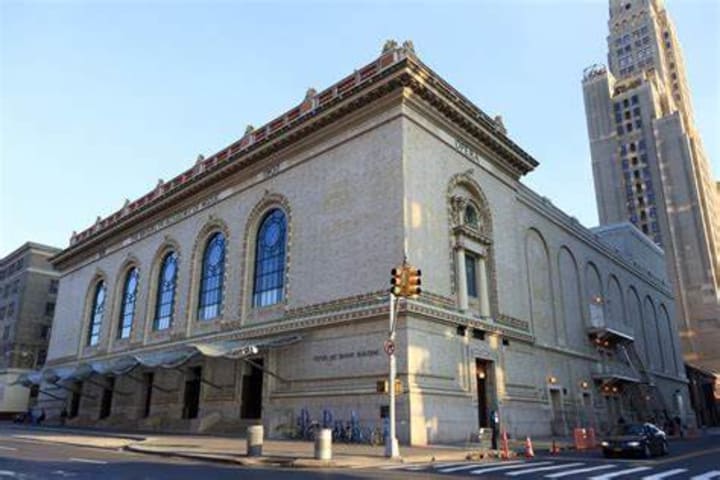
Buildings from that time include the 1915 Sperry Gyroscope Company building, which is now known as the Howard Building of CUNY (The City University of New York). A 23-story privately financed office tower opened in 1971 at Boerum Place and Livingston Street and the anticipated growth of the Brooklyn Academy of Music (BAM) succeeded far beyond expectations.
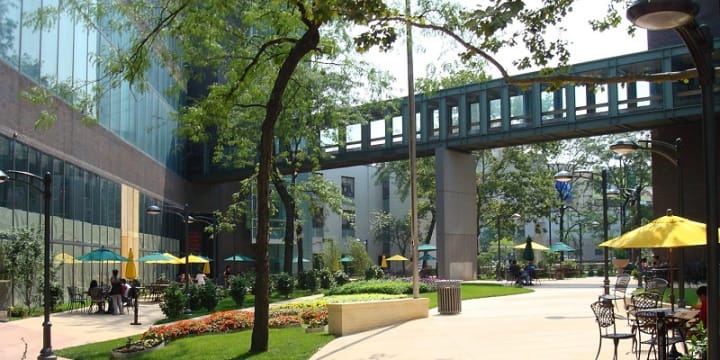
Even though mentioned in a previous article downtown is home to my university the Long Island University Brooklyn Center.
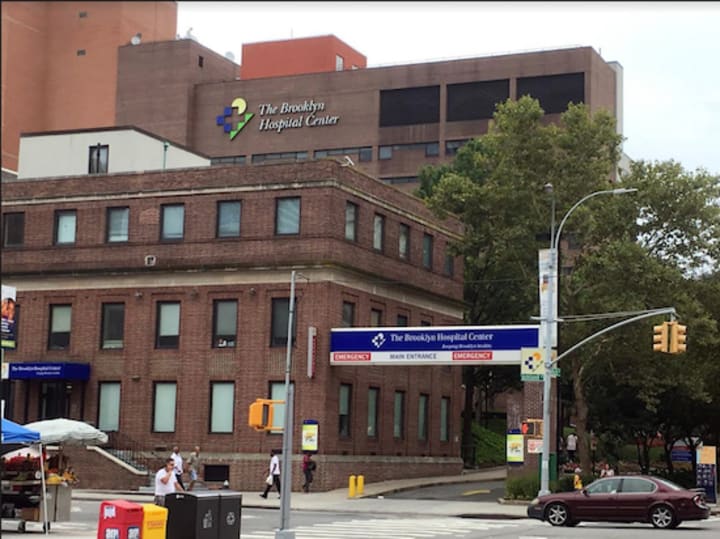
Nearby is the prestigious neighborhood hospital The Brooklyn Hospital Center where I did a lot of volunteer work one summer during my university years.
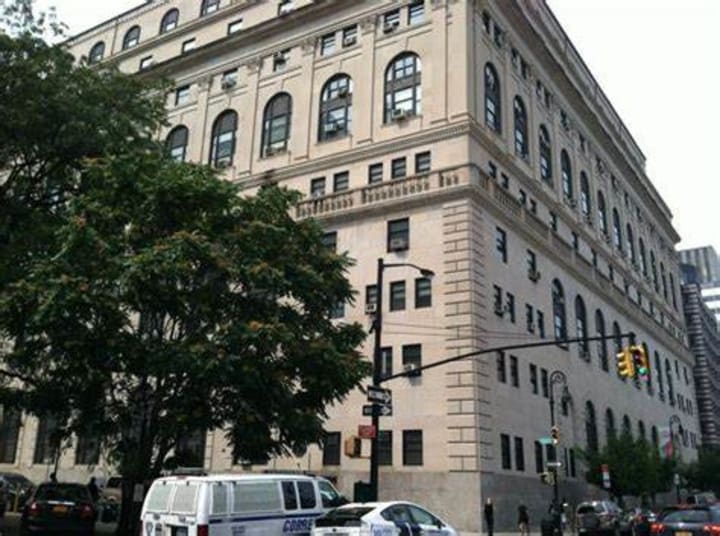
Downtown Brooklyn is the civic and commercial downtown center of the former City of Brooklyn. The area includes the Metro Tech Center (a business and educational center, lying between Flatbush Avenue and Jay Street, north of the Fulton Street Mall and south of busy Tillary Street), Brooklyn Borough Hall, the Kings County New York Courthouse, and the central courthouse for the Federal Eastern District of New York. Schools include Brooklyn Friends School, St. Francis College, St. Joseph’s College, Brooklyn Law School, Polytechnic Institute of New York University, New York City College of Technology, and Long Island University. Attractions within the area include the Fulton Mall, the Brooklyn Academy of Music, and the New York Transit Museum.
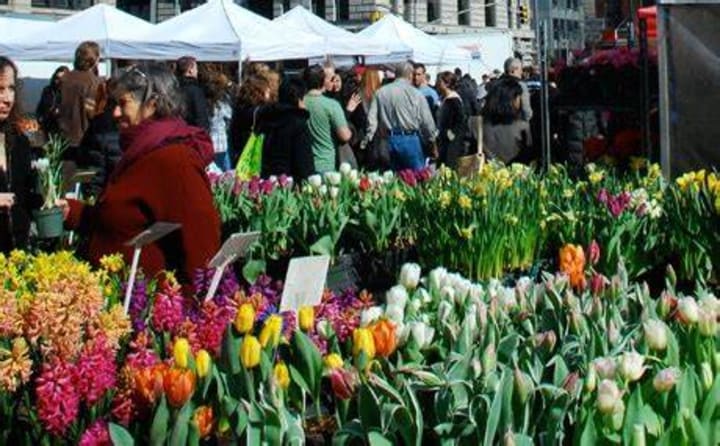
Three days a week the Borough Hall Greenmarket featuring fresh produce from local farmers, operates on the plaza fronting Borough Hall. Cadman Plaza Park named for an early televangelist provides 10 acres of green space for the neighborhood
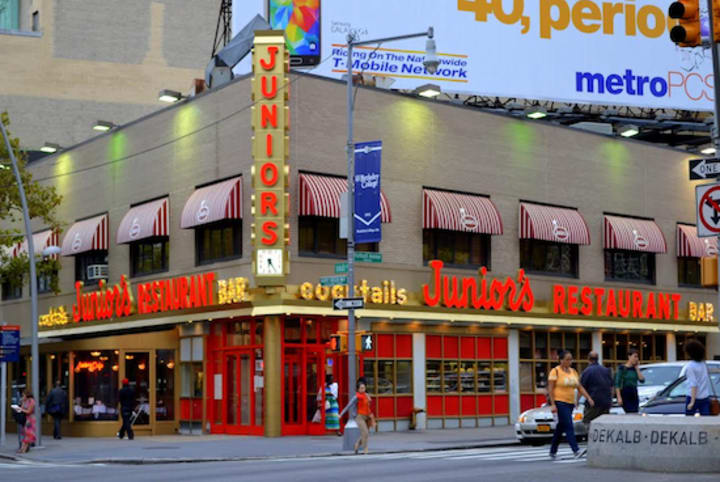
Stop by my old lunch place from university, the ever-popular Junior's Restaurant & Bakery which serves great food and the tastiest and original New York cheesecake. It is still on the same corner I remember at 386 Flatbush Avenue Extension.
Downtown Brooklyn is serviced by many subway lines – A, C, 2, 3, 4, 5, N, R, D. There are also numerous bus lines and the Long Island Rail Road stops at the Atlantic Terminal. Historically Downtown Brooklyn has primarily been a commercial and civic center with relatively little residential development. Housing included a few apartment buildings on Livingston Street and seven 15-story buildings that make up the over 1,000-unit Concord Village co-op development on Adams Street bordering both Brooklyn Heights and DUMBO. As of 2004, the area has seen the arrival of new condominium towers, townhouses, and office conversions.
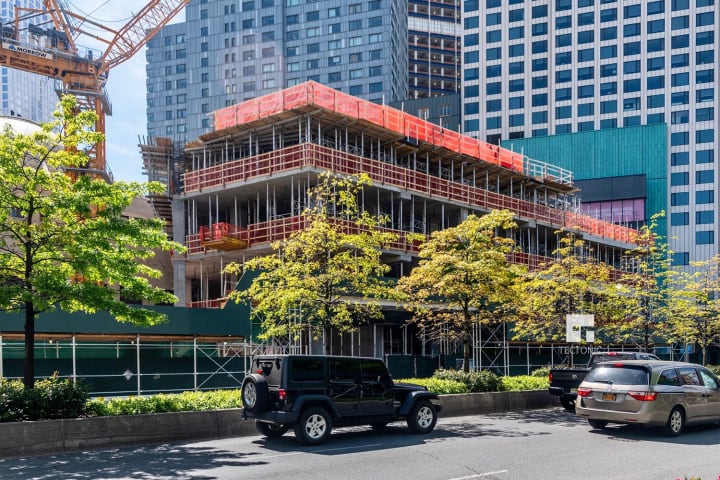
A major street in the area is DeKalb Avenue which runs from Woodward Avenue (Linden Hill Cemetery) in Ridgewood, Queens to Fulton Street (Fulton Mall) in Downtown Brooklyn.
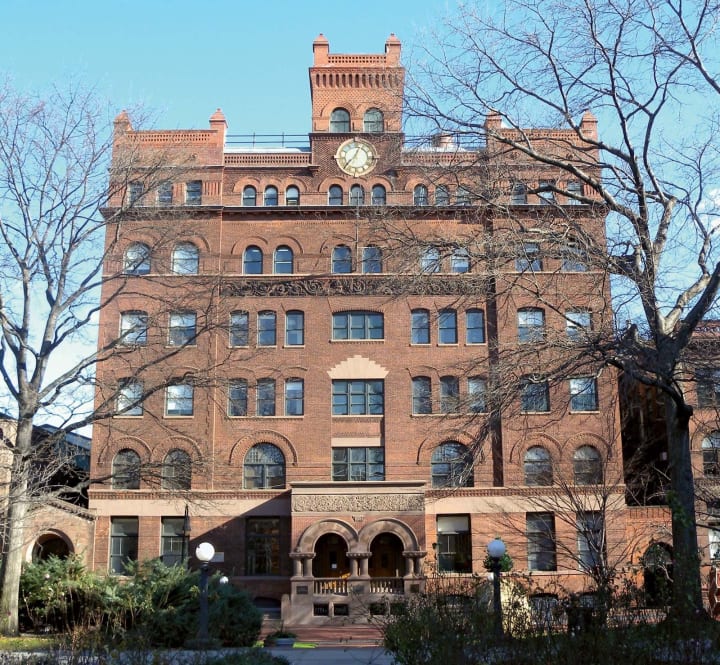
Landmarks along the avenue include the Pratt Institute (a private art college), Fort Greene Park (comprising 30.2 acres), The Brooklyn Hospital Center (the oldest hospital in Brooklyn), and the DeKalb and Marcy branches of the Brooklyn Public Library. Long Island University’s Brooklyn Campus and Junior’s (a restaurant at the corner of Flatbush Avenue Extension and DeKalb Avenue).
https://vocal.media/wander/hometown-new-york-city-brooklyn?utm
https://vocal.media/wander/hometown-new-york-city-brooklyn-fm1ed01hx?utm
https://vocal.media/wander/hometown-new-york-city-brooklyn-1mul0wfi?utm
https://vocal.media/wander/hometown-new-york-city-brooklyn-1s2i0iwp?utm_
About the Creator
Rasma Raisters
My passions are writing and creating poetry. I write for several sites online and have four themed blogs on Wordpress. Please follow me on Twitter.
Enjoyed the story? Support the Creator.
Subscribe for free to receive all their stories in your feed. You could also pledge your support or give them a one-off tip, letting them know you appreciate their work.






Comments
There are no comments for this story
Be the first to respond and start the conversation.